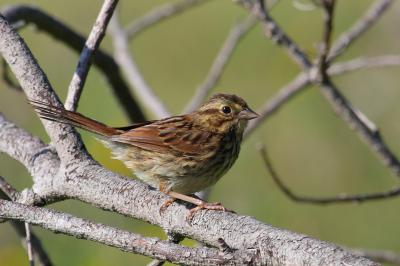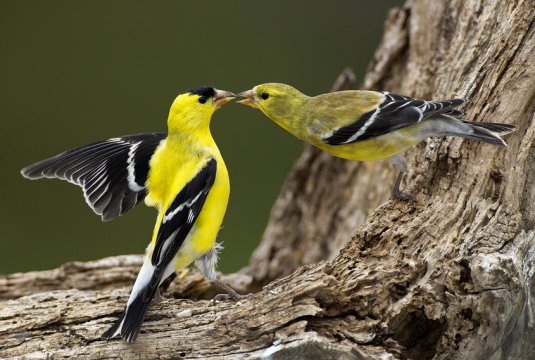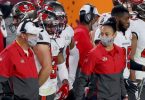Diet Shapes Vision Used for Food and Mate Selection

SI.edu
ScienceDaily.com reports on how researchers at the Washington University School of Medicine in St. Louis reveal the “ability of finches, sparrows, and many other birds to see a visual world hidden to us.”
[Watch: How Birds Really See the World]
Specially-sighted birds have diets that increase absorption of light-filtering pigments called of carotenoids, “that shift their light absorption toward longer or shorter wavelengths.” Carotenoids also produce pigment colorization in birds.
Some birds also can tune light-sensitive proteins called opsins that are in photoreceptor cells of the retina.
Why UV vision is good for birds
It may help female birds evaluate differences in the coloration of their potential mates and choose the fittest one. UV may also assist birds searching for “hidden seeds, fruits, and other food items in the environment,” says study first author Matthew Toomey, a postdoctoral fellow at the Washington University School of Medicine.
The study is found in eLife, an online journal that supports early scientists, without being overly fussy, and says it takes “the pain out of peer review.”
Journal Reference:
- Matthew B Toomey, Olle Lind, Rikard Frederiksen, Robert W Curley, Ken M Riedle, David Wilby, Steven J Schwartz, Christopher C Witt, Earl H Harrison, Nicholas W Roberts, Misha Vorobyev, Kevin J McGraw, M Carter Cornwall, Almut Kelber, Joseph C Corbo. Complementary shifts in photoreceptor spectral tuning unlock the full adaptive potential of ultraviolet vision in birds. eLife, 2016; 5 DOI: 10.7554/eLife.15675







